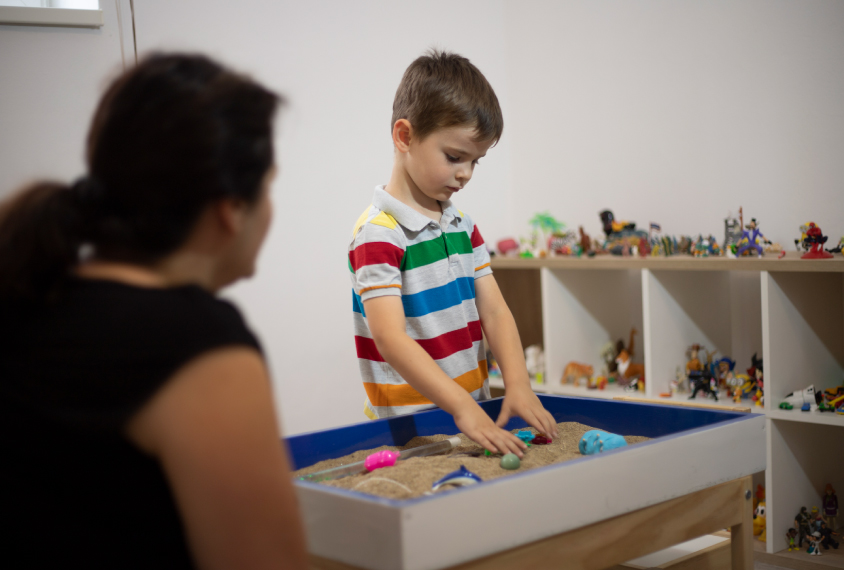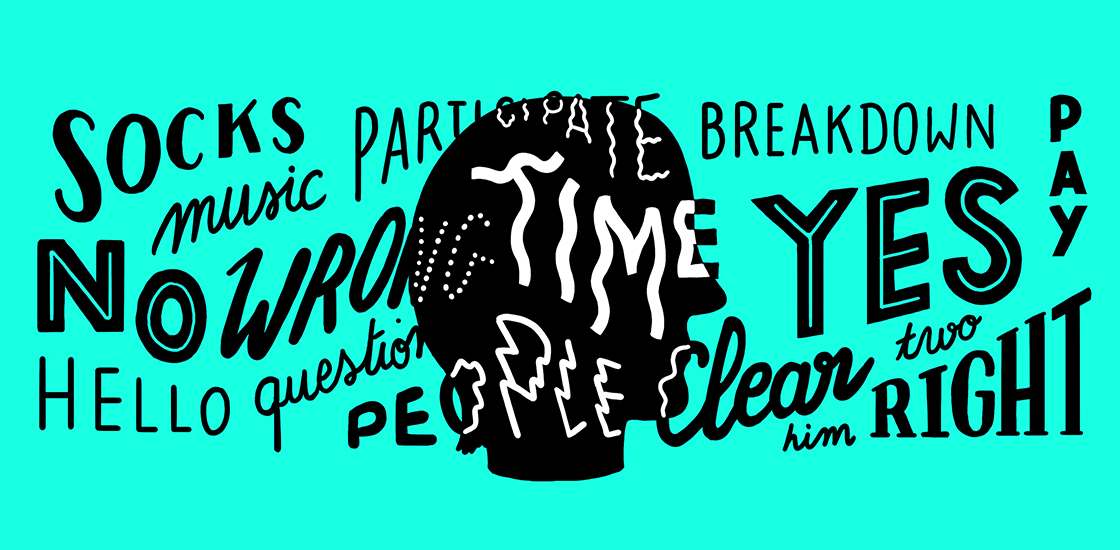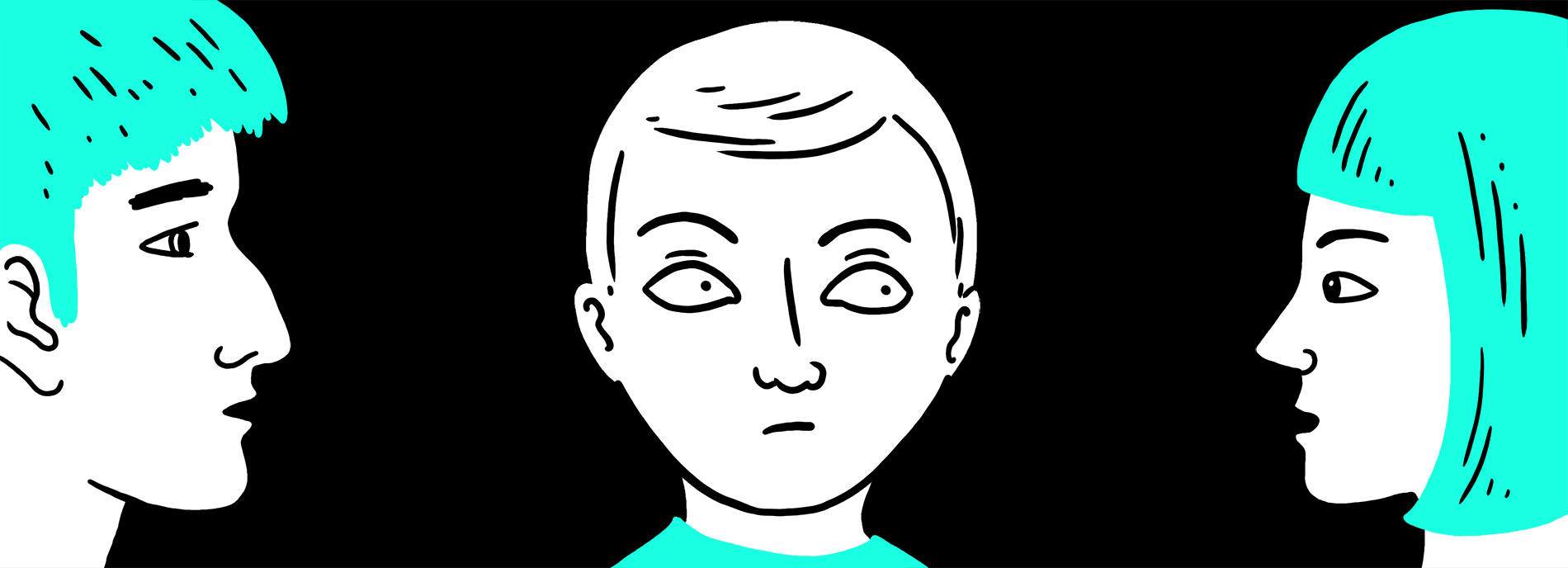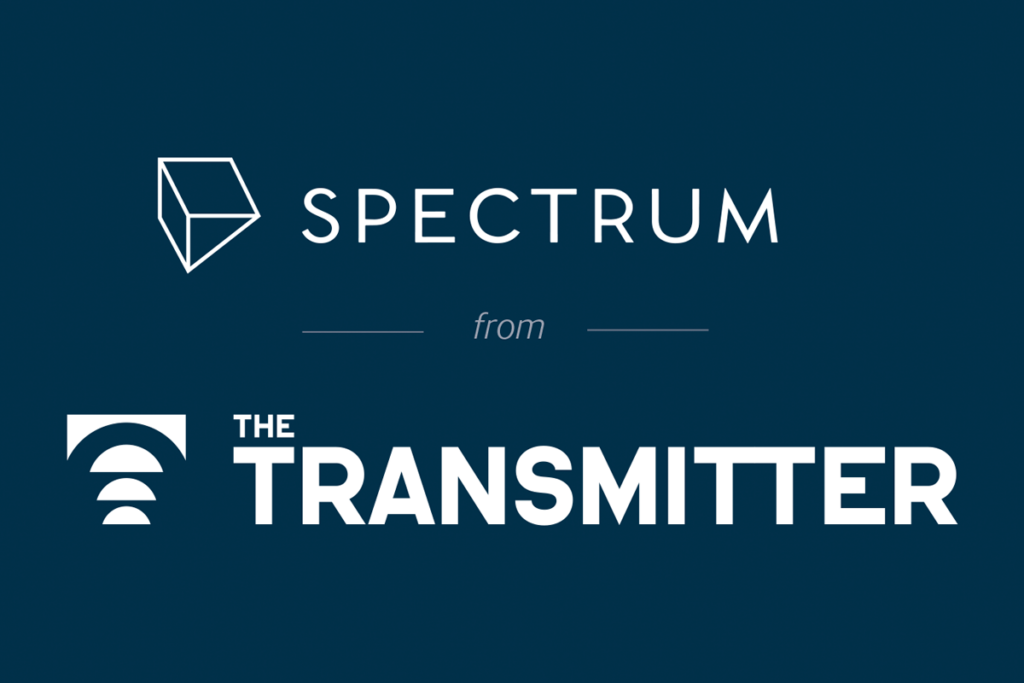Specific language impairment
Recent articles
Test gauges autistic children’s verbal abilities in natural settings
An interactive assessment allows clinicians and researchers to evaluate an autistic child's use of language in everyday social situations.

Test gauges autistic children’s verbal abilities in natural settings
An interactive assessment allows clinicians and researchers to evaluate an autistic child's use of language in everyday social situations.
Social communication in autism, explained
Communication problems have always been considered a core feature of autism. Yet there are substantial and wide-ranging differences in how people with autism communicate.

Social communication in autism, explained
Communication problems have always been considered a core feature of autism. Yet there are substantial and wide-ranging differences in how people with autism communicate.
Where communication breaks down for people with autism
People on the spectrum often have subtle problems using language or making facial expressions. Pinpointing where those difficulties originate may help ease their social communication.

Where communication breaks down for people with autism
People on the spectrum often have subtle problems using language or making facial expressions. Pinpointing where those difficulties originate may help ease their social communication.
Why no one needs a diagnosis of ‘social communication disorder’
A diagnosis of social communication disorder only keeps people from a community and resources they desperately want and need.

Why no one needs a diagnosis of ‘social communication disorder’
A diagnosis of social communication disorder only keeps people from a community and resources they desperately want and need.
Should scientists study mothers of children with autism?
Studying parents of children with autism has long been controversial, but that doesn’t mean scientists should avoid it.

Should scientists study mothers of children with autism?
Studying parents of children with autism has long been controversial, but that doesn’t mean scientists should avoid it.
Powerful memory system may compensate for autism’s deficits
A brain system called declarative memory may help people learn scripts and strategies that alleviate autism symptoms, say Michael Ullman and Mariel Pullman.

Powerful memory system may compensate for autism’s deficits
A brain system called declarative memory may help people learn scripts and strategies that alleviate autism symptoms, say Michael Ullman and Mariel Pullman.
Toddlers with autism show few symptoms during brief exams
Many toddlers with autism display so few abnormal behaviors during short doctor visits that they may evade the diagnostic eye of even expert clinicians.

Toddlers with autism show few symptoms during brief exams
Many toddlers with autism display so few abnormal behaviors during short doctor visits that they may evade the diagnostic eye of even expert clinicians.
Social language lapses hint at syndrome distinct from autism
Some siblings of children with autism have social language impairments that may signal another, more controversial disorder.

Social language lapses hint at syndrome distinct from autism
Some siblings of children with autism have social language impairments that may signal another, more controversial disorder.
Scaled-down device detects brain activity in children
A new device designed to conduct magneto-electroencephalography in children younger than 3 years is ideal for detecting early signs of autism, researchers reported 3 March in Frontiers in Human Neuroscience.

Scaled-down device detects brain activity in children
A new device designed to conduct magneto-electroencephalography in children younger than 3 years is ideal for detecting early signs of autism, researchers reported 3 March in Frontiers in Human Neuroscience.
Loss of language gene enhances pitch discrimination in mice
Mice lacking the autism-linked gene CNTNAP2 process sounds more slowly than control mice do but are better at discriminating between tones. The unpublished research was presented Tuesday at the 2013 Society for Neuroscience annual meeting in San Diego.

Loss of language gene enhances pitch discrimination in mice
Mice lacking the autism-linked gene CNTNAP2 process sounds more slowly than control mice do but are better at discriminating between tones. The unpublished research was presented Tuesday at the 2013 Society for Neuroscience annual meeting in San Diego.
Explore more from The Transmitter
As federal funders desert mentorship programs for marginalized students, trainee-led initiatives fill the gap
Grassroots organizations, led by graduate students and postdoctoral researchers, are stepping up to provide neuroscience career training and guidance for students from marginalized backgrounds—and they need your support.

As federal funders desert mentorship programs for marginalized students, trainee-led initiatives fill the gap
Grassroots organizations, led by graduate students and postdoctoral researchers, are stepping up to provide neuroscience career training and guidance for students from marginalized backgrounds—and they need your support.
Split gene therapy delivers promise in mice modeling Dravet syndrome
The new approach overcomes viral packaging limitations by delivering SCN1A piecemeal and stitching it together in target cells.

Split gene therapy delivers promise in mice modeling Dravet syndrome
The new approach overcomes viral packaging limitations by delivering SCN1A piecemeal and stitching it together in target cells.
U.S. human data repositories ‘under review’ for gender identity descriptors
Researchers associated with the repositories received an email from the U.S. National Institutes of Health in March noting that they must comply with a 20 January executive order from President Trump that recognizes only two sexes: male and female.

U.S. human data repositories ‘under review’ for gender identity descriptors
Researchers associated with the repositories received an email from the U.S. National Institutes of Health in March noting that they must comply with a 20 January executive order from President Trump that recognizes only two sexes: male and female.